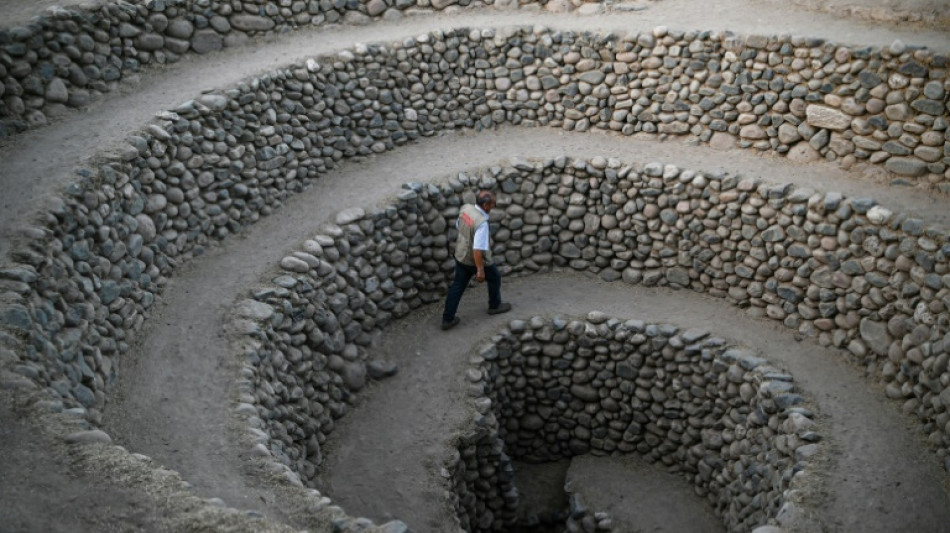
-
 Thai top court orders ex-PM Thaksin jailed for one year
Thai top court orders ex-PM Thaksin jailed for one year
-
All Blacks great McCaw inspires squad ahead of Springboks rematch

-
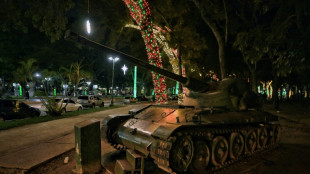 Maduro decrees Christmas in October for Venezuela, again
Maduro decrees Christmas in October for Venezuela, again
-
New Zealand police detail slain fugitive father's life on the run

-
 McCarthy sparks late rally as Vikings edge Bears in NFL opener
McCarthy sparks late rally as Vikings edge Bears in NFL opener
-
Suriname stuns El Salvador in 2026 World Cup qualifying

-
 London arms show opens under Israel cloud
London arms show opens under Israel cloud
-
ICC hears charges against Ugandan warlord Kony
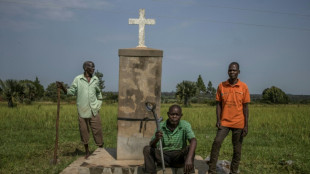
-
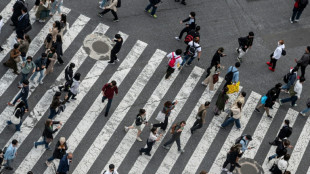 Most Asian markets rise on US rate hopes, Tokyo hits record
Most Asian markets rise on US rate hopes, Tokyo hits record
-
Nottingham Forest sack head coach Nuno after rift with owner

-
 Major social media sites back online in Nepal after deadly protests
Major social media sites back online in Nepal after deadly protests
-
From rocky start to Oscar hopeful: Dwayne Johnson hits Toronto

-
 Murdoch family settles dispute over media empire succession
Murdoch family settles dispute over media empire succession
-
Trump's alleged birthday note to Epstein released by House panel

-
 Killing Hong Kong's Lai would strengthen democracy message, son says
Killing Hong Kong's Lai would strengthen democracy message, son says
-
D-Day approaches in Bolsonaro coup trial

-
 Israel film at Toronto fest entrenches industry split over Gaza
Israel film at Toronto fest entrenches industry split over Gaza
-
Thai top court to rule on ex-PM Thaksin's prison stay

-
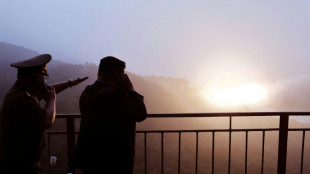 North Korea's Kim oversees ICBM engine test: state media
North Korea's Kim oversees ICBM engine test: state media
-
Nottingham Forest sack boss Nuno Espirito Santo

-
 Trump admin launches immigration raids in Chicago
Trump admin launches immigration raids in Chicago
-
Murdoch family settles dispute on control of media assets

-
 Norway PM's left bloc wins election, populists surge
Norway PM's left bloc wins election, populists surge
-
Italy avoid disaster, Kosovo win in World Cup qualifying

-
 Tonali saves Italy from World Cup disaster against Israel
Tonali saves Italy from World Cup disaster against Israel
-
Late Ben Romdhane goal seals Tunisia berth in 2026 World Cup

-
 OpenAI backs AI-animated film for Cannes debut
OpenAI backs AI-animated film for Cannes debut
-
Kane says England 'prepared' amid racism fears in Serbia clash

-
 US Supreme Court allows roving LA immigration patrols
US Supreme Court allows roving LA immigration patrols
-
Pressure is a privilege for England boss Tuchel

-
 Macron scrambles to find new French PM after Bayrou ousted
Macron scrambles to find new French PM after Bayrou ousted
-
At least 19 killed in Nepal protest over social media ban, corruption
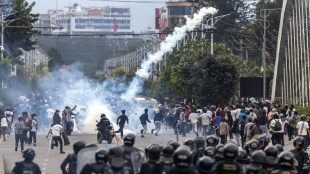
-
 Ex-WhatsApp executive sues Meta over alleged security failures
Ex-WhatsApp executive sues Meta over alleged security failures
-
From Dada to Surrealism : NY's Met bags major modern art injection

-
 Trial opens for man accused of golf course plot to kill Trump
Trial opens for man accused of golf course plot to kill Trump
-
Prince Harry pays respects at grandmother's grave

-
 Israeli PM tells Gaza City residents to 'leave now'
Israeli PM tells Gaza City residents to 'leave now'
-
Argentine peso, stocks fall after ruling party's election setback
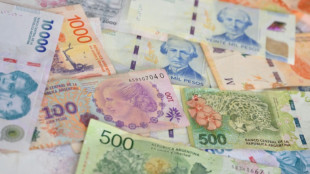
-
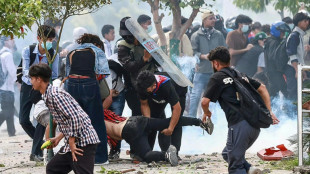 At least 17 killed in Nepal protest over social media ban, corruption
At least 17 killed in Nepal protest over social media ban, corruption
-
Man City and Premier League end dispute over sponsor rules

-
 De Jong joins Barca sickbay after picking up knock on international duty
De Jong joins Barca sickbay after picking up knock on international duty
-
BRICS leaders denounce protectionism, tariff 'blackmail'

-
 Argentina's Milei to join far-right rally in Madrid
Argentina's Milei to join far-right rally in Madrid
-
Germany's VW, China's BYD face off at Munich auto show

-
 Teen arrested after two Turkish police officers shot dead
Teen arrested after two Turkish police officers shot dead
-
Lawyers caught in Turkey's crackdown on opposition
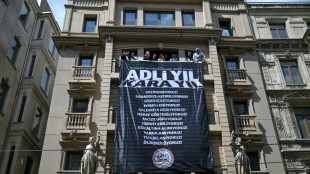
-
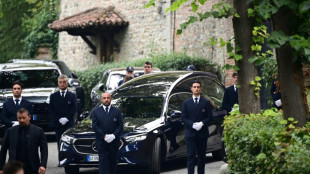 Private hometown funeral for Italian fashion legend Armani
Private hometown funeral for Italian fashion legend Armani
-
African Union chief calls for more 'climate justice' funds

-
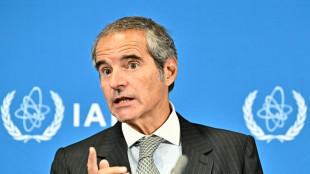 UN nuclear watchdog says hopes for inspections deal with Iran soon
UN nuclear watchdog says hopes for inspections deal with Iran soon
-
Trump hails cancelation of award ceremony for Tom Hanks
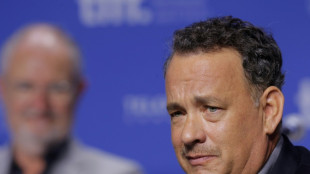

Pre-Hispanic aquaducts irrigate modern Peruvian crops
Built some 1,700 years ago by the pre-Hispanic Nazca people of Peru, an ingenious aqueduct system of wood and stone still provides farmers with water to this day.
The complex labyrinth of channels and pits up to 15 meters (49 feet) deep brings critical drinking and irrigation water from faraway mountains and rivers to about 900 subsistence farming families in the Nazca desert in southern Peru.
In an otherwise arid landscape, they grow potatoes, cotton, vegetables and fruit trees.
"It helps us to irrigate," said farmer Nicolas Quispe, 39, who waters his potatoes from the Nazca aqueduct system "thanks to the ancient farmers who had this advanced technology."
Families like his pay a yearly fee equivalent to about $32 for the supply.
Often hailed as a marvel of ancient hydraulic engineering, the aqueducts have been submitted by Peru to UNESCO for listing as a cultural heritage.
According to the UN body, until the aqueducts were built, the shortage of water in the Peruvian desert hindered human settlement in an area where rivers are dry for most of the year.
"The inhabitants of the Nasca culture managed to use the water from the underground water table through a technological innovation, formed by underground aqueducts that operated through a system of filtering galleries," the UNESCO website explains.
"It is a simple system apparently, but at the same time it is sophisticated."
The system can transport some of 18 to 20 liters of water per second, according to Peruvian authorities.
The aqueducts, 42 in total, are believed to have been built by the same people responsible for Peru's famous Nazca lines -- a series of geometric and animal figures carved into the desert which can only be appreciated from the sky.
The function or meaning of the lines -- a World Heritage Site since 1994 -- remain unclear. Some believe they were for astronomical observation, others that they were part of a calendar.
As for the aqueducts, "we estimate that 29 are still in operation and thanks to this hydraulic system, as you can see, the entire valley is green," government archaeologist Abdul Yalli told AFP.
"This is a work of art, of architecture and of engineering," said Jorge Lopez-Doriga, a spokesman for the AJE Group multinational supporting local authorities in the upkeep of the aqueducts.
"These stone channels, which had required the removal of millions of tons of sand to build, continue to function," he added.
N.Fournier--BTB
